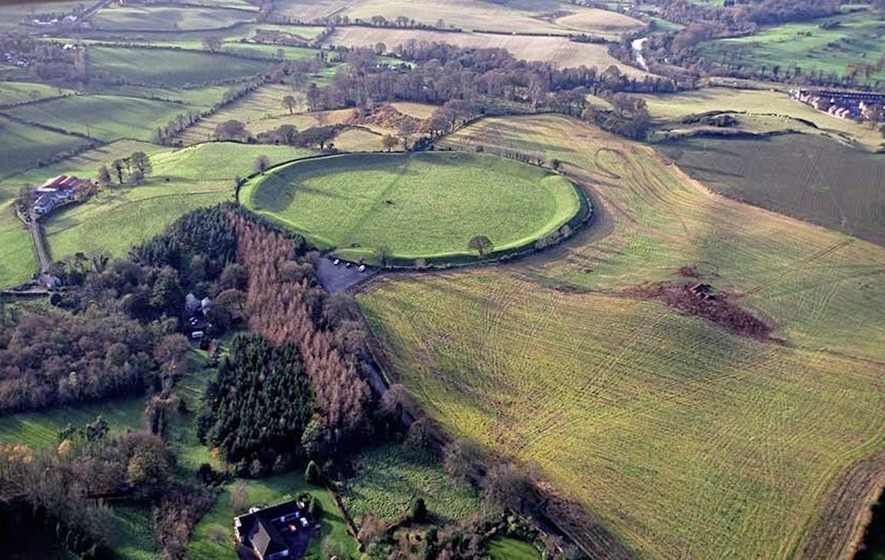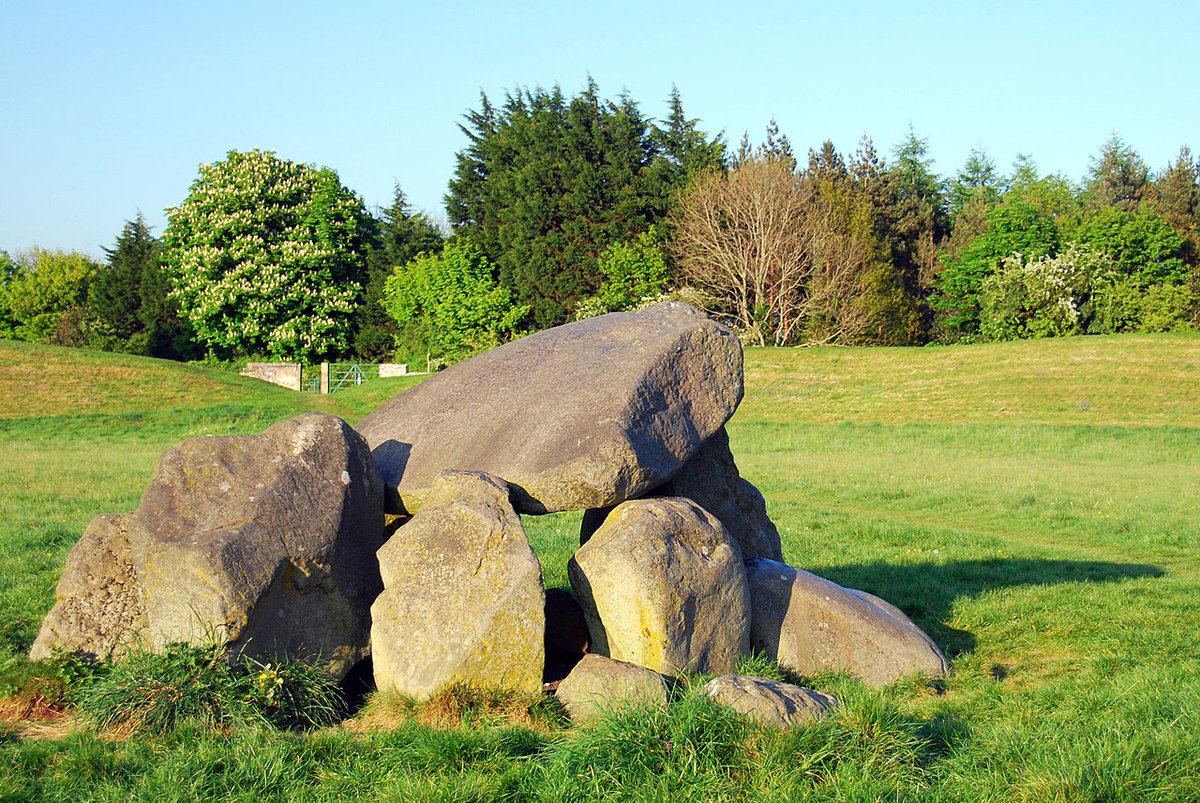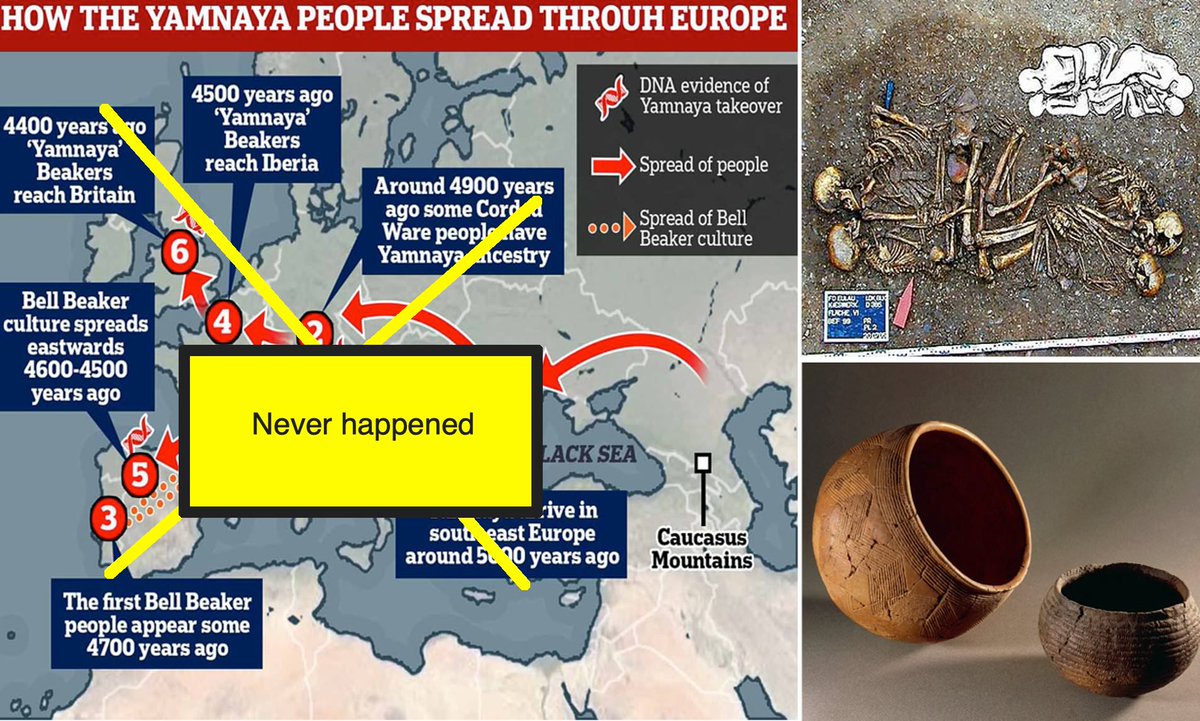
Thread: How do you know that you "washed yourself clean"? Have you ever thought about this?
A fulacht fiadh or fulacht fian is a type of archaeological site found in Ireland. In England, Scotland, Wales and the Isle of Man they are known as burnt mounds...
A fulacht fiadh or fulacht fian is a type of archaeological site found in Ireland. In England, Scotland, Wales and the Isle of Man they are known as burnt mounds...

I wrote this series of articles exploring the possible uses of these "mysterious" structures. The uses I explored were were cooking, making beer, extracting salt, leaching acorns, curing meat and fish, curing animal skins...and washing...oldeuropeanculture.blogspot.com/p/fulacht-fiad…
In this post I explored the idea that fulachta fiadh could have been seasonal campaign camps built by hunting bands, and that they consisted of wigwam type shelters which could have been used as both lodgings and steam rooms. oldeuropeanculture.blogspot.com/2016/12/fulach… 

Similar type of structure used both as a house and a steam/wash room is found in Eastern Europe. This is Slavic Banya (Finish Sauna)...
The most primitive version is the Slavic travel Banya, basically a wigwam built around a stone oven...
oldeuropeanculture.blogspot.com/2015/11/log-ca…
The most primitive version is the Slavic travel Banya, basically a wigwam built around a stone oven...
oldeuropeanculture.blogspot.com/2015/11/log-ca…

The more "advanced" Banya is basically a Slavic house which can also be used for steaming/washing...The construction is identical...
1. The Banya/Sauna building is a wooden log cabin, just like the Early Medieval Eastern Slavic houses, which predate Scandinavian log cabins. I wrote about the origin of log cabins here
oldeuropeanculture.blogspot.com/2015/11/log-ca…
oldeuropeanculture.blogspot.com/2015/11/log-ca…

2. The stone oven in the corner found in Banyas/Saunas is the same stone oven which was always found in Early Medieval Slavic houses.
3. The benches along the walls found in Banyas/Saunas are the same benches/beds found in Early Medieval Slavic houses
3. The benches along the walls found in Banyas/Saunas are the same benches/beds found in Early Medieval Slavic houses

Now one very interesting thing is the word Banya itself...It comes from Vulgar Latin "*bānea" (bath) which comes from Latin "balneum", "balineum" (bath, bathing place) which comes from Ancient Greek "βαλανεῖον", "balanion" meaning "bath, bathing room"
The Wiktionary has this to say about the etymology of the Ancient Greek root "βαλανεῖον", "balanion" meaning "bath, bathing room": "Etymology uncertain...Probably Pre-Greek"
I think that there is a distinct possibility that this word is derived from PIE "*bʰēlHs" or "*bʰel-" meaning "white surface"...Which would make bath "the place where you get white". Which would mean that in the minds of the IndoEuropeans, "clean" equaled to "white"... 

Maybe this is the root. Maybe not...Full discussion here oldeuropeanculture.blogspot.com/2018/04/to-get…
• • •
Missing some Tweet in this thread? You can try to
force a refresh












